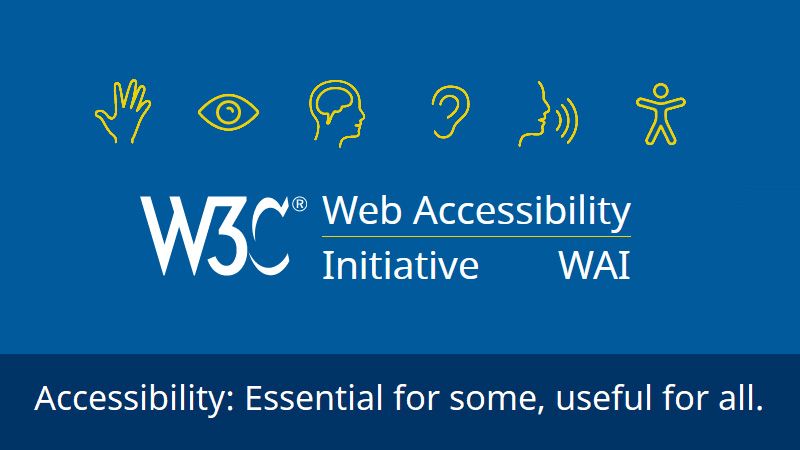Shop At Haya: Your Ultimate Shopping Guide
Discover the best shopping tips, trends, and deals for a smarter buying experience.
Web Accessibility: Your Secret Weapon for Inclusivity
Unlock the power of web accessibility and boost inclusivity! Discover how to engage all users and elevate your online presence today!
Understanding Web Accessibility: A Key to Inclusivity
Web accessibility is the practice of creating websites and applications that are usable by people with a wide range of abilities and disabilities. By implementing accessibility standards, such as the Web Content Accessibility Guidelines (WCAG), developers can ensure that content is perceivable, operable, understandable, and robust for all users. This means considering various impairments, including visual, auditory, motor, and cognitive disabilities, when designing online platforms.
Understanding web accessibility is not just about compliance; it’s about fostering inclusivity. When businesses prioritize accessibility, they open their doors to a broader audience, enhancing user experience and engagement. Additionally, accessible websites can improve search engine optimization (SEO), as search engines favor sites that provide a positive user experience for everyone. Thus, embracing accessibility not only benefits users with disabilities but also contributes to overall digital success.

How Web Accessibility Boosts User Experience for Everyone
Web accessibility is fundamental to creating an inclusive digital environment, ensuring that all users can interact with content effectively. By adhering to accessibility standards, web designers can enhance user experience for individuals with disabilities, such as those who rely on screen readers or have limited mobility. Features like clear navigation, descriptive alt text for images, and keyboard-friendly interfaces are not only vital for accessibility but also enhance the experience for every user. Accessible websites ensure that vital information is easily discoverable, improving the overall usability of the site.
Inclusivity in web design fosters a better user experience for everyone, regardless of their abilities or circumstances. When websites are designed with accessibility in mind, they often load faster and function more effectively on various devices, which benefits all users. Additionally, by incorporating elements such as adjustable fonts and high-contrast color schemes, web designers respond to diverse user needs, promoting a positive interaction. Ultimately, prioritizing web accessibility not only amplifies user experience but also broadens audience reach, delivering value to businesses and users alike.
Is Your Website Accessible? Common Pitfalls to Avoid
Ensuring that your website is accessible is crucial for reaching a broader audience and complying with legal standards. One of the most common pitfalls is neglecting alt text for images. Alt text provides essential descriptions for visually impaired users relying on screen readers. Furthermore, using vague descriptions like 'image1' or 'graphic' fails to convey meaningful information. Instead, opt for clear, descriptive text that captures the essence of the image.
Another significant issue is poor color contrast, which can hinder readability for individuals with visual impairments. To avoid this pitfall, make use of tools that test the contrast between text and background colors. Ideally, ensure that your text stands out against its background, making it easy to read for all users. Additionally, it’s essential to structure your content with proper headings and lists, as this not only aids accessibility but also improves SEO performance.